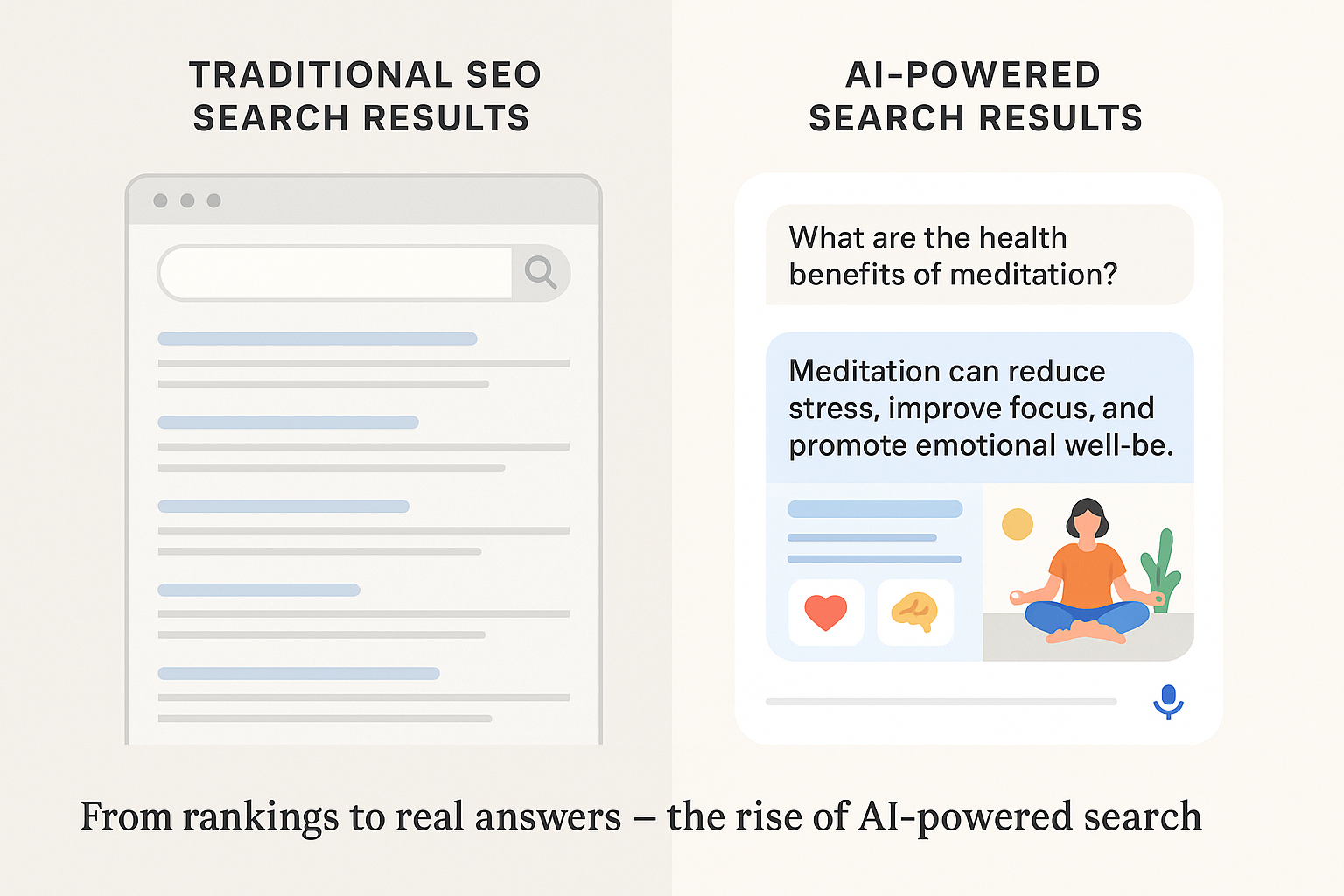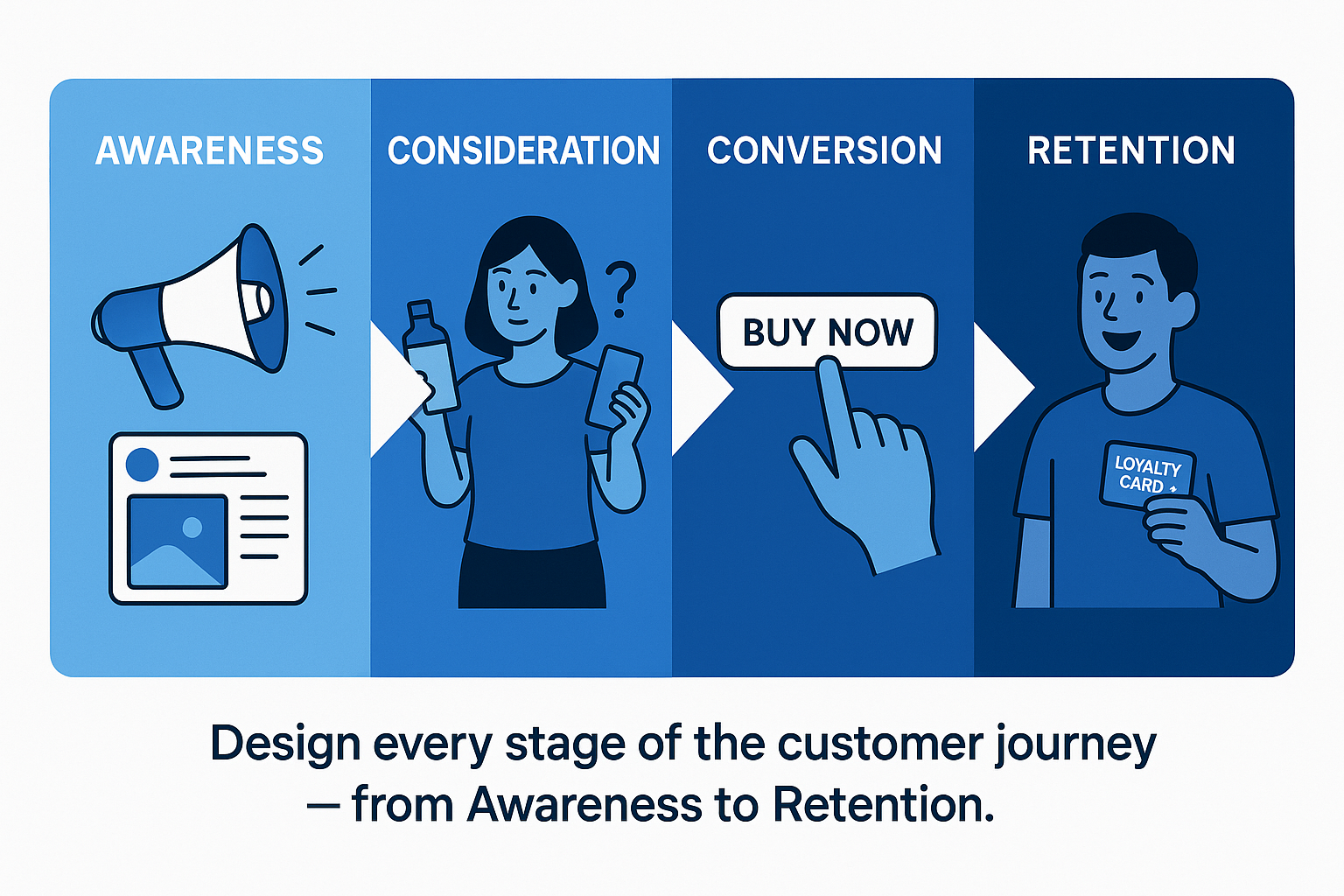SEO / Digital Marketing Strategy / Advertising Execution Guide
(Directly Connected to Advertiser Demand)
Introduction
In today’s highly competitive digital environment, advertisers are no longer satisfied with simple clicks or page views.
They need real conversions—leads, purchases, sign-ups—that directly connect ad spend to measurable outcomes.
For Blogspot creators and marketers, combining a solid SEO (Search Engine Optimization) foundation with a conversion-focused advertising strategy is crucial.
This article outlines how to capture advertiser demand through modern SEO techniques, funnel-based marketing strategy, and compliant ad execution.
1. 2025 SEO Trends & Implications for Advertiser Demand
1.1 The Shift Toward AI-Driven Search
In 2025, Google continues to expand AI Overviews (formerly SGE: Search Generative Experience).
These AI-generated summaries often answer user queries directly, reducing clicks to external websites.
To stay visible, Blogspot publishers should optimize content so AI systems can quote, reference, and trust your posts as credible sources.
Tips:
-
Use clear headings (H2/H3) and concise summaries.
-
Provide verified data and outbound links to official resources.
-
Include author credentials and publication dates for credibility.
1.2 Experience, Expertise, and Trust (E-E-A-T)
Google’s ranking system increasingly values Experience + Expertise + Authoritativeness + Trustworthiness.
To align your Blogspot site with this standard:
-
Write from first-hand experience.
-
Cite official studies or data.
-
Add an “About Author” section with credentials.
-
Encourage user comments and testimonials to build trust.
1.3 Technical SEO for Blogspot
While Blogspot offers limited customization, you can still strengthen SEO performance:
-
Enable mobile-responsive templates.
-
Compress and lazy-load images.
-
Keep page speed under 2 seconds.
-
Add meta descriptions and schema markup manually (using custom HTML).
-
Create internal links between posts for better crawlability.
These steps improve user experience and make it easier for Google to index your site accurately.
2. Digital Marketing Funnel & Demand Connection
Advertiser demand must be tied to a clear conversion journey—commonly visualized as a marketing funnel.
Funnel Breakdown:
| Stage | Objective | Example Content |
|---|---|---|
| Awareness (TOFU) | Attract attention | Blog posts, infographics, videos |
| Consideration (MOFU) | Build interest | Product comparisons, case studies |
| Conversion (BOFU) | Drive action | Landing pages, limited offers |
| Retention / Loyalty | Maintain customers | Email updates, re-engagement posts |
2.1 Keyword Research & Content Mapping
Use Google Keyword Planner, Ahrefs, or Ubersuggest to identify high-intent search terms.
Map each keyword to its respective funnel stage and Blogspot post.
Focus on commercial intent keywords for advertising ROI, like “best software for small business marketing” or “SEO agency pricing 2025.”
2.2 Conversion-Focused Content Writing
To connect directly with advertiser goals:
-
Place the core benefit or solution in the first paragraph.
-
Use bullet points, tables, and bold key phrases.
-
Insert contextual CTAs (e.g., “Learn More,” “Get Started”).
-
End posts with a clear conversion opportunity (newsletter, quote form, etc.).
High-quality content not only satisfies SEO intent but also builds advertiser confidence in measurable results.
3. Advertising Execution on Blogspot (Google Ads + AdSense)
3.1 Google Ads Integration
Combine organic SEO with paid ads for a dual-channel approach:
-
Search Ads: Capture users searching high-intent queries.
-
Display Ads: Retarget visitors who didn’t convert.
-
Performance Max Campaigns: Automate placement across YouTube, Search, Display, and Gmail.
-
KPI Focus: Conversion Rate (CVR), Cost-Per-Action (CPA), and Return on Ad Spend (ROAS).
Ad campaigns should complement your SEO funnel—targeting the same keywords but designed to accelerate conversions.
3.2 AdSense Compliance for Blogspot
Google AdSense remains the main monetization option for Blogspot sites.
To maintain compliance and prevent account suspension:
-
Do not encourage users to click ads (“Click here to support us” = violation).
-
Separate ads from content with clear spacing.
-
Avoid placing ads near buttons or links to prevent accidental clicks.
-
No adult, violent, or misleading content.
-
Limit ad density to below 30% of visible page content.
-
Use Google’s Auto Ads only if layout remains user-friendly.
More info: Google Publisher Policies
3.3 Privacy & Consent Requirements
If you run ads that use cookies (personalized ads), Blogspot must display:
-
A Privacy Policy page explaining data collection and cookies.
-
A cookie consent banner for users from the EU or California (CCPA).
You can add these easily through Blogspot’s “Pages” section and free tools like TermsFeed.
4. Practical Execution Checklist
| Step | Action | Tool / Tip |
|---|---|---|
| 1 | Conduct keyword research | Google Keyword Planner |
| 2 | Write SEO-optimized posts | Include clear H2 structure, FAQs |
| 3 | Optimize site performance | Compress images, mobile test |
| 4 | Apply for AdSense | Wait until consistent content volume |
| 5 | Embed AdSense code | Use “HTML/JavaScript” widget |
| 6 | Launch Google Ads campaign | Start small budget for testing |
| 7 | Track conversions | Use Google Analytics & Tag Manager |
| 8 | Refine strategy | A/B test titles, CTAs, ad placement |
5. Continuous Improvement Loop
To sustain advertiser demand:
-
Analyze metrics (CTR, CVR, bounce rate).
-
Identify top-performing posts and invest in ads promoting them.
-
Refresh old posts with updated data or visuals.
-
Rotate ad creatives monthly to prevent fatigue.
-
Maintain policy compliance by checking AdSense updates quarterly.
Conclusion
An effective Blogspot marketing strategy blends SEO authority, data-driven ad campaigns, and strict policy compliance.
By focusing on search intent, funnel-based conversions, and transparent ad practices, you create a system that meets advertiser expectations—directly connecting content to measurable business outcomes.
Blogspot may have simpler tools than WordPress, but with optimized SEO and ethical ad management, you can still compete effectively in 2025’s digital marketing landscape.
References / Sources
-
Google Ads Help Center, “Advertising Policies Overview,” support.google.com
-
Google AdSense Publisher Policies, support.google.com
-
Search Engine Land, “SEO Priorities for 2025,” 2025.06.
-
WordStream, “SEO Trends 2025: How AI Changes Search,” 2025.05.
-
Exploding Topics, “Future of SEO and Generative Search,” 2025.04.
-
TermsFeed, “Privacy Policy for AdMob/AdSense Sites,” 2025.03.

